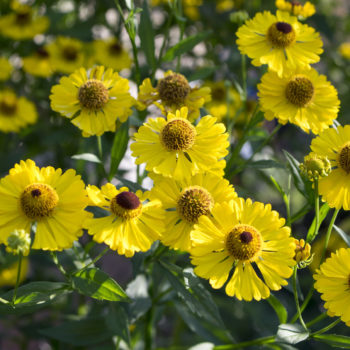 Native For some gardeners, fertilizing is sort of like the final frontier of gardening. They know that fertilizer can be a good thing, but they also know that too much can be disastrous. It seems like we all know someone who “burned up” their plants with fertilizer that (they claimed!) was applied properly. In the nursery we apply several forms of synthetic fertilizers. We use a water-soluble fertilizer (WSF) for some species and for others we use a controlled release fertilizer (CRF). We have also used a turkey compost fertilizer with very good results so if you don’t like synthetics there are good options for you.
Native For some gardeners, fertilizing is sort of like the final frontier of gardening. They know that fertilizer can be a good thing, but they also know that too much can be disastrous. It seems like we all know someone who “burned up” their plants with fertilizer that (they claimed!) was applied properly. In the nursery we apply several forms of synthetic fertilizers. We use a water-soluble fertilizer (WSF) for some species and for others we use a controlled release fertilizer (CRF). We have also used a turkey compost fertilizer with very good results so if you don’t like synthetics there are good options for you.
What we’re going to stress here is to apply fertilizers in moderation. Perennials and grasses do not need much in the way of fertilizer and too much leads to rampant growth and flopping. The link below is an excellent article about fertilizing perennials and grasses from Michigan State University Extension. A brief summary of their article is outlined below.
Fertilizing established perennial gardens – feed ‘em and weep – MSU Extension